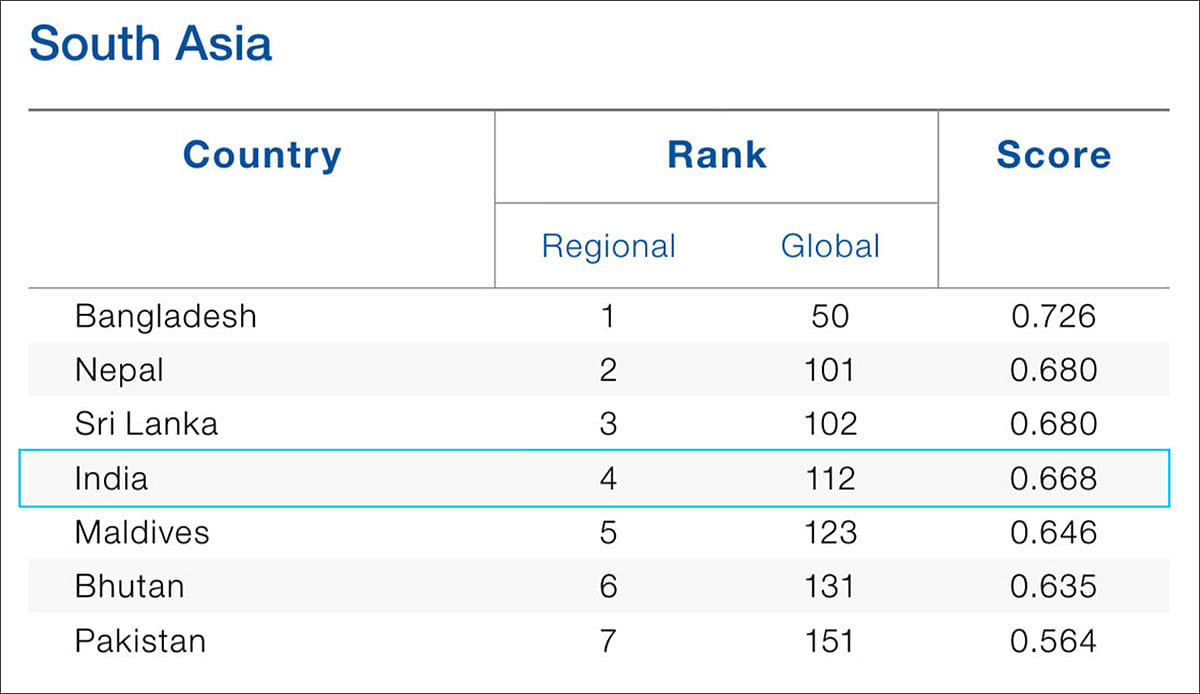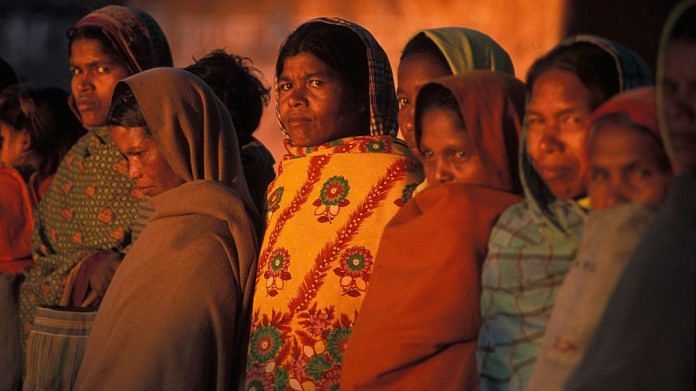New Delhi: It will take 99.5 years to fill the gender gap across politics, economics, health and education, according to the Global Gender Gap Report released by the World Economic Forum. This gap has, however, shrunk since 2018, when it was 108 years.
The reduced gap is largely due to increased participation of women in politics. The gap in politics has reduced to 95 years compared to 107 last year. The economic gap has widened to 58.1 per cent, and will take 257 years to close, compared to 202 in 2018.
Worsening economic gap
According to the report, the worse economic gap is due to a number of factors such as underrepresentation of women in tech-oriented jobs, managerial and leadership position. Lack of care infrastructure and capital also contribute to wide gender economic gap, which prevents women from pursuing their entrepreneurial interests.
Around 85 per cent of males dominate professions like engineering and artificial intelligence worldwide, while domains like content creation and culture see more (over 50 per cent) of female workforce.

The ‘role-model effect’ may have a positive impact in the future, the report suggests. With improvements in political representation in some countries, improvements in senior roles in the labour market has also occurred simultaneously, says the report.
Also read: Less money for better office hours? More women are willing to take the pay cut
Where India stands
While Iceland is on top, India ranks 112th out of 153 countries in terms of overall gender gap.
In the South Asian region, it ranks lower than Bangladesh, Nepal and Sri Lanka. According to the report, India is the only country where the economic gender gap is larger than the political gap.

Only one-quarter of women engage actively in labour market in India — one of the lowest participation rates in the world. Indian women account for only 14 per cent leadership roles and 30 per cent of technical and professional roles. In wage equality, India is at 117th position among the 153 countries.
In terms of education, the situation is somewhat hopeful when it comes to the share of women attending school from primary to tertiary education, which is systematically larger than the share of men. However, only two-thirds of women are literate compared to 82 per cent of men in India.
In politics, Indian women remain underrepresented as they make up only 14.4 per cent of the country’s Parliament and 23 per cent of the cabinet. In case of health and survival, the situation is even worse as India has found a place amongst the lowest four, above Vietnam, Azerbaijan and China.
Also read: Millions of women absent from India’s workforce capable of adding Rs 30 lakh crore to GDP






